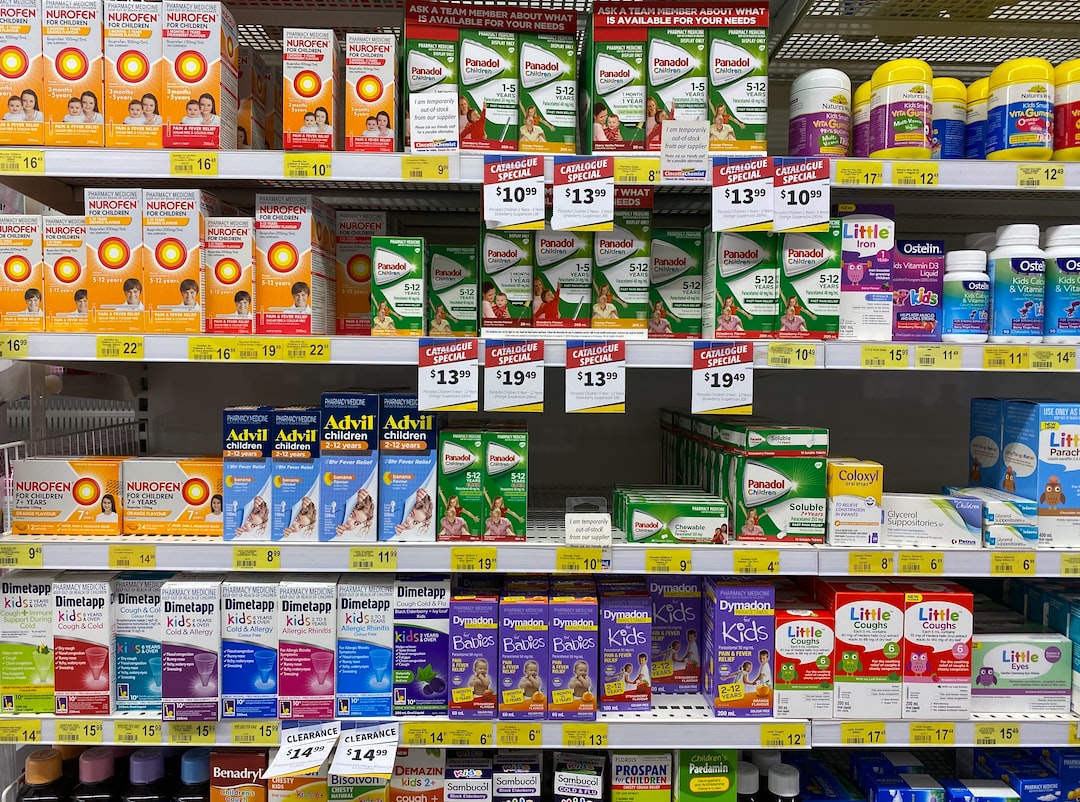Visual merchandising is an essential aspect of the retail industry that often goes unnoticed by consumers. However, it plays a significant role in attracting customers and increasing sales. From the moment a customer walks into a store, they are immediately captivated by the visual displays and product presentations. This is where the importance of visual merchandising in retail comes into play.
First and foremost, visual merchandising creates a positive shopping experience for customers. By creating an aesthetically pleasing store layout, retailers can enhance the customer’s overall experience, making them more likely to return for future purchases. Through strategic placement of products, creative displays, and attention to detail, visual merchandising entices customers to explore the store and spend more time in it.
Additionally, visual merchandising helps build brand identity and distinguishes retailers from their competitors. By incorporating the brand’s colors, logo, and overall theme into the store displays, customers can easily identify and connect with the brand. A consistent and cohesive visual presentation across multiple stores creates brand recognition and fosters trust and loyalty among customers.
Furthermore, effective visual merchandising contributes to increased sales and revenue for retail businesses. Well-executed displays can highlight featured products and promotions, encouraging impulse buys and driving customer engagement. Studies have shown that well-organized and visually appealing stores result in higher average transaction values and increased customer satisfaction. Visual merchandising has the power to influence the customer’s purchasing decisions, ultimately leading to a boost in sales.
Another important aspect of visual merchandising is the ability to convey product information and educate customers. Beyond just attracting attention, retailers can use visual displays to showcase the features and benefits of their products. Whether it’s through informative signage, interactive displays, or product demonstrations, visual merchandising can effectively communicate product details and help customers make informed purchasing decisions.
In addition to attracting customers and increasing sales, visual merchandising also contributes to a positive working environment for retail employees. A visually appealing store creates a pleasant and inspiring workspace, which can in turn boost employee morale and productivity. When employees are surrounded by an environment that is visually stimulating and well-organized, it reflects in their interactions with customers and overall job satisfaction.
Lastly, visual merchandising plays a crucial role in influencing trends and staying relevant in the ever-changing retail landscape. With the rise of online shopping, brick-and-mortar retailers need to adapt and create immersive shopping experiences that cannot be replicated online. Visual merchandising allows retailers to showcase their products in unique and compelling ways, making a lasting impression on customers and setting the brand apart from online competitors.
In conclusion, the importance of visual merchandising in retail cannot be overstated. It encompasses the creative and strategic elements necessary to create an immersive and memorable shopping experience that attracts customers, increases sales, and builds brand loyalty. By investing in visual merchandising, retailers are investing in their success and ensuring their place in the competitive retail industry.

